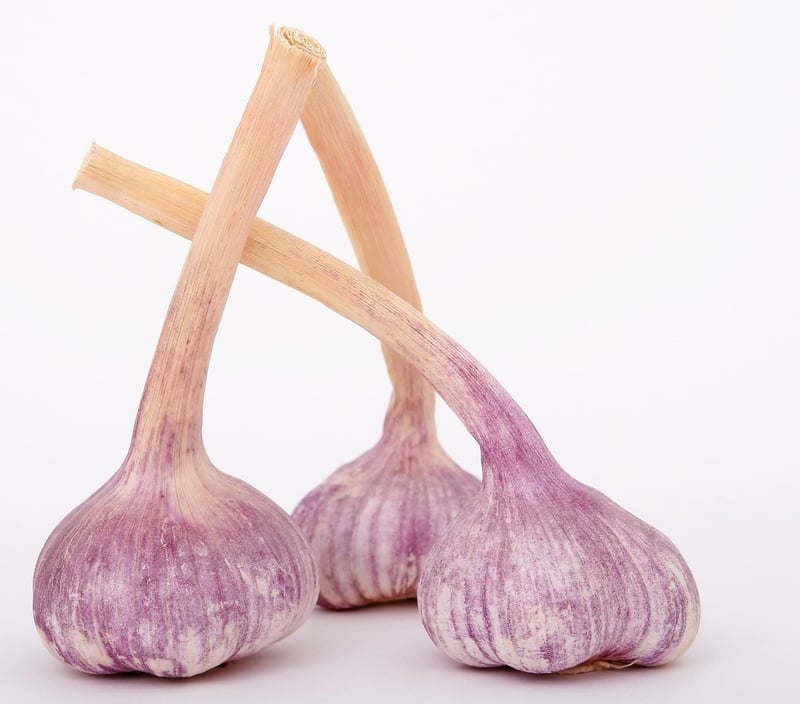Ethnic Flavors
Exploring Key Components of Ethnic Flavors
Embracing diverse cultures through food is a delightful experience that opens the door to a world of flavors. Each ethnicity boasts a unique culinary heritage, shaped by history, geography, and traditions. Let's delve into the key components that define ethnic flavors and make them so special.
Aromatics
Aromatics form the foundation of many ethnic dishes, infusing them with signature scents and flavors. Common aromatics include garlic, onions, ginger, and spices like cumin, coriander, and curry leaves.
Herbs and Spices
Herbs and spices play a vital role in adding depth and complexity to ethnic cuisines. From the fiery heat of chili peppers in Mexican dishes to the fragrant blend of cinnamon and cloves in Indian cuisine, these ingredients are essential.
Broths and Stocks
Broths and stocks are the backbone of many ethnic soups and stews, providing rich flavors and nourishing goodness. Whether it's a hearty miso broth in Japanese cuisine or a spicy harissa-infused stock in North African cooking, these liquids elevate dishes to new heights.
Grains and Legumes
Grains and legumes form the staple base of many ethnic diets, offering sustenance and texture. From fragrant basmati rice in Indian meals to hearty black beans in Latin American fare, these ingredients are versatile and nutritious.
Condiments and Sauces
Condiments and sauces add the finishing touch to many ethnic dishes, providing bursts of flavor and tang. Whether it's the zesty salsa in Mexican cuisine or the creamy tzatziki in Greek fare, these accompaniments enhance the overall dining experience.
Vegetables and Fruits
Vegetables and fruits are prominent players in ethnic cuisines, offering freshness, color, and essential nutrients. From the vibrant array of bell peppers and tomatoes in Mediterranean dishes to the tropical fruits in Southeast Asian fare, these ingredients bring balance and vibrancy to the plate.
Seafood and Meats
Seafood and meats feature prominently in many ethnic diets, providing protein and umami richness. Whether it's succulent lamb in Middle Eastern cuisine or fresh seafood in Japanese dishes, these proteins are celebrated for their diverse flavors and textures.
Exploring the key components of ethnic flavors opens up a world of culinary possibilities, inviting you to savor the richness and diversity of global cuisines. So, grab your apron, stock up on spices, and embark on a flavorful journey around the globe!

Image Source: Pixabay
